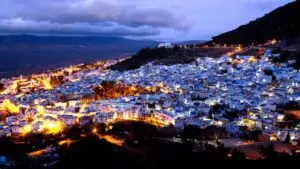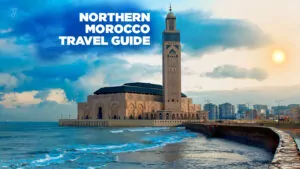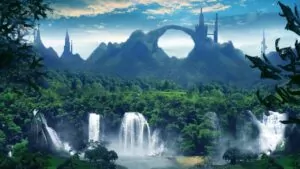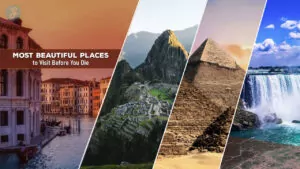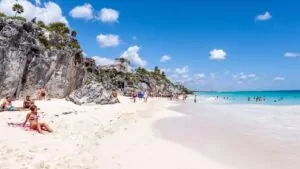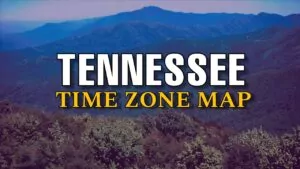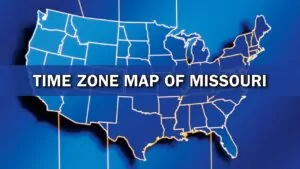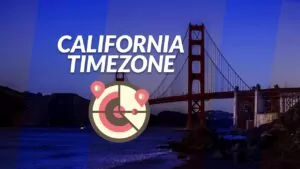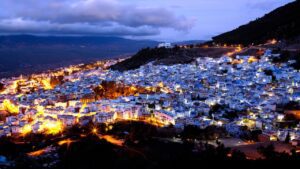The United States of America is a vast country with diverse landscapes, rich history, and vibrant culture. One of the best ways to experience the beauty and diversity of this wonderful nation is by embarking on a road trip.
The open road calls to adventurers, offering the freedom to explore at your own pace and discover hidden gems along the way. In this article, we’ll take you on a journey through four legendary road trips that you should experience at least once in your lifetime.
These iconic routes will lead you through stunning natural wonders, historic landmarks, and charming small towns, creating memories that will last a lifetime.
1. The Pacific Coast Highway: California’s Coastal Wonder
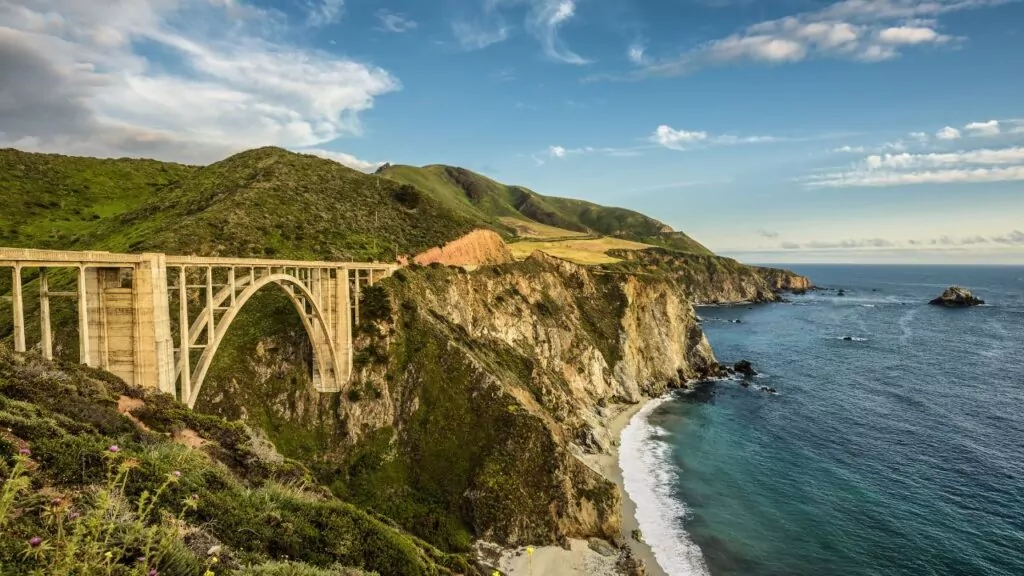
The Pacific Coast Highway, also known as California State Route 1, is a breathtaking journey along the rugged California coastline. This iconic road trip stretches for about 656 miles (1,055 kilometers) from San Francisco to Los Angeles, offering stunning ocean views, dramatic cliffs, and charming coastal towns along the way.
Key Attractions
- Golden Gate Bridge: Begin your journey in San Francisco by crossing this world-famous landmark.
- Santa Cruz: Visit the Santa Cruz Beach Boardwalk, a classic seaside amusement park.
- Monterey and Carmel: Discover the historic Cannery Row and the charming town of Carmel by the Sea.
- Big Sur: Drive through one of the most scenic stretches of coastline in the world, with towering redwoods and dramatic cliffs.
- Hearst Castle: Tour the opulent mansion built by newspaper tycoon William Randolph Hearst.
- Santa Barbara: Enjoy the Mediterranean-style architecture and beautiful beaches of this coastal city.
Best Time to Go
The best time to drive the Pacific Coast Highway is from late spring to early fall (May to October), when the weather is generally mild and sunny. However, be prepared for potential fog, especially in the mornings.
Driving Tips
- Plan for at least 5-7 days to fully enjoy the journey.
- Be cautious on winding roads, especially in Big Sur.
- Check for road closures due to landslides, particularly in the winter months.
- Fill up your gas tank frequently, as some stretches have limited service stations.
Hidden Gems
- McWay Falls in Julia Pfeiffer Burns State Park: A stunning 80-foot waterfall that cascades directly onto the beach.
- Piedras Blancas Elephant Seal Rookery: Watch hundreds of elephant seals lounging on the beach near San Simeon.
- Nepenthe Restaurant: While dining at this cliffside eatery, enjoy breathtaking views of the Big Sur coastline.
Historical Significance
Builders built the Pacific Coast Highway in stages, completing the final section in 1937. It played a crucial role in connecting isolated coastal communities and has since become one of America’s most beloved scenic drives. The route passes through areas rich in Native American history and Spanish colonial heritage.
2. Route 66: The Mother Road
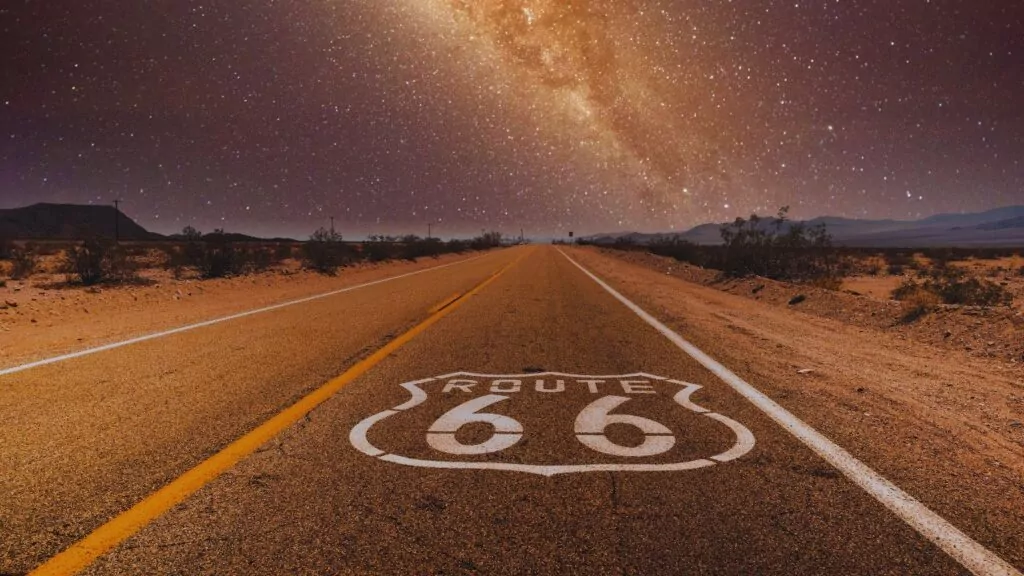
Route 66, often called the “Mother Road,” is perhaps the most famous road trip in America. Stretching 2,448 miles (3,940 kilometers) from Chicago, Illinois, to Santa Monica, California, this historic highway passes through eight states and three time zones, offering a nostalgic journey through the heart of America.
Key Attractions
- Chicago, Illinois: Start your journey at the “Begin Route 66” sign on Adams Street.
- Gateway Arch, St. Louis, Missouri: Visit this iconic 630-foot stainless steel arch.
- Cadillac Ranch, Amarillo, Texas: See the famous public art installation of half-buried, graffiti-covered Cadillacs.
- Petrified Forest National Park, Arizona: Explore ancient petrified wood and colorful badlands.
- Grand Canyon, Arizona: Take a detour to see one of the world’s most spectacular natural wonders.
- Santa Monica Pier, California: End your journey at the “End of the Trail” sign on the Pacific Coast.
Best Time to Go
The best time to drive Route 66 is from late spring to early fall (May to October), when the weather is generally pleasant across all eight states. Avoid the height of summer (July and August) in the southwestern states, as temperatures can be extremely hot.
Driving Tips
- Allow at least two weeks to drive the entire route comfortably.
- Much of the original Route 66 has been decommissioned, so use a good guidebook or GPS to navigate the historic alignments.
- Be prepared for long stretches between towns in some areas, especially in the western states.
- Take time to explore the small towns along the way—they’re a big part of the Route 66 experience.
Hidden Gems
- Meramec Caverns, Missouri: Explore this 4.6-mile cavern system that once sheltered Jesse James.
- Tucumcari, New Mexico: Step back in time in this well-preserved Route 66 town with classic neon signs and motels.
- Oatman, Arizona: Visit this former gold mining town now populated by wild burros roaming the streets.
Historical Significance
Established in 1926, Route 66 played a crucial role in the great westward migration of the 1930s during the Dust Bowl. It became a symbol of opportunity and adventure, immortalized in John Steinbeck’s novel “The Grapes of Wrath” and the famous song “Get Your Kicks on) Route 66.” Despite its official decommissioning in 1985, the route has seen significant preservation and revitalization for tourism.
3. The Blue Ridge Parkway: A Journey Through Appalachian Beauty

The Blue Ridge Parkway is a 469-mile (755-kilometer) scenic drive that winds through the Appalachian Mountains, connecting Shenandoah National Park in Virginia to Great Smoky Mountains National Park in North Carolina. This picturesque route offers stunning mountain vistas, diverse wildlife, and a glimpse into the rich cultural heritage of the Appalachian region.
Key Attractions
- Shenandoah National Park, Virginia: Start your journey with stunning views of the Shenandoah Valley.
- Mabry Mill, Virginia: Visit this picturesque 19th-century water-powered mill and take iconic photos.
- Grandfather Mountain, North Carolina: Cross the Mile High Swinging Bridge for breathtaking views.
- Linville Falls, North Carolina: Hike to see this magnificent three-tiered waterfall.
- Mount Mitchell State Park, North Carolina: Visit the highest peak east of the Mississippi River.
- Great Smoky Mountains National Park: End your journey in America’s most visited national park.
Best Time to Go
The Blue Ridge Parkway is beautiful year-round, but the most popular times to visit are:
- Spring (April to May): For wildflower blooms and waterfalls at peak flow.
- Fall (October): For spectacular autumn foliage.
- Summer (June to August): For lush green landscapes and outdoor activities.
Some parkway sections may close in winter due to snow and ice.
Driving Tips
- Plan for at least 5-7 days to fully enjoy the journey.
- The speed limit is 45 mph (72 km/h) along most of the parkway.
- There are no gas stations on the parkway itself, so fill up in nearby towns.
- Be prepared for sudden weather changes, especially at higher elevations.
- Watch for wildlife on the road, especially during dawn and dusk.
Hidden Gems
- Craggy Gardens, North Carolina: Hike through tunnels of rhododendrons to a stunning 360-degree view.
- Floyd, Virginia: Experience authentic Appalachian music at the Floyd Country Store’s Friday Night Jamboree.
- Moses H. Cone Memorial Park, North Carolina: Tour a 20th-century manor house and explore 25 miles of carriage trails.
Historical Significance
During the Great Depression, planners envisioned the Blue Ridge Parkway as a scenic tourist route and a make-work project. The construction started in 1935 and concluded in 1987. The parkway showcases the natural and cultural history of the Appalachian Mountains, including Cherokee heritage, pioneer settlements, and traditional mountain crafts and music.
4. The Alaska Highway: The Last Frontier Adventure
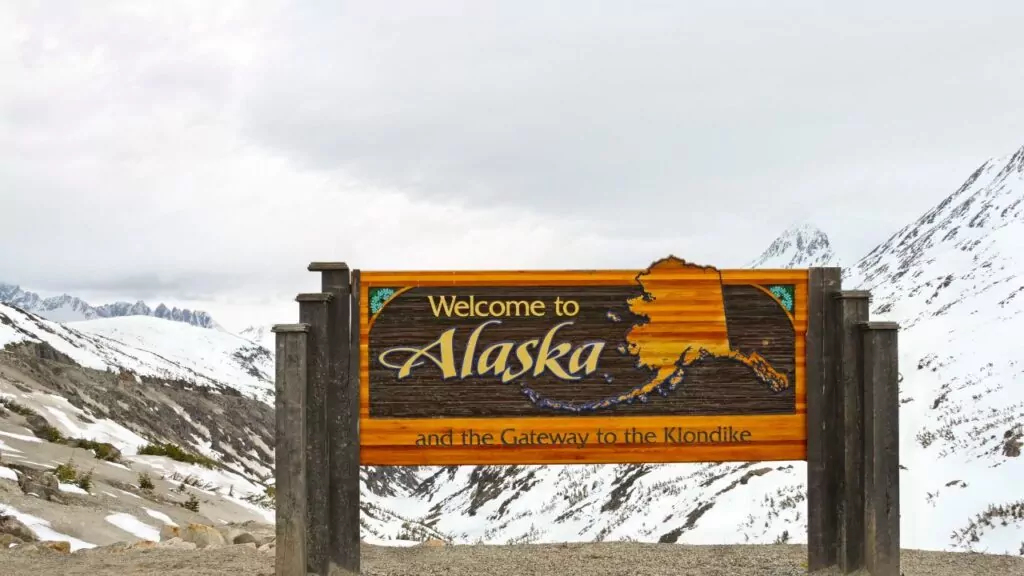
The Alaska Highway, also known as the Alcan Highway, is a 1,387-mile (2,232-kilometer) road that runs from Dawson Creek, British Columbia, Canada, to Delta Junction, Alaska, USA. This epic journey takes you through vast wilderness, offering stunning mountain views, opportunities to see diverse wildlife, and a true sense of adventure in North America’s last frontier.
Key Attractions
- Mile 0 Sign, Dawson Creek, BC: Start your journey at this iconic marker.
- Liard River Hot Springs Provincial Park, BC: Take a relaxing dip in natural hot springs.
- Sign Post Forest, Watson Lake, Yukon: See a unique collection of over 80,000 signposts from around the world.
- Kluane National Park and Reserve, Yukon: Home to Canada’s highest peak, Mount Logan, and diverse wildlife.
- North Pole, Alaska: Visit Santa Claus House in this Christmas-themed town.
- Delta Junction, Alaska: At the official end of the Alaska Highway, you can end your journey.
Best Time to Go
The optimal period for driving the Alaska Highway is from late May to early September.
- Days are long (up to 20 hours of daylight in June).
- Weather is milder and more predictable.
- All services and attractions are open.
However, be prepared for potential crowds during this peak season.
Driving Tips
- Allow at least 7-10 days for the journey, more if you want to explore side trips.
- Ensure your vehicle is in excellent condition and carry a spare tire.
- Fill up your gas tank whenever possible, as service stations can be far apart.
- Be prepared for potential road construction delays during the short summer season.
- Watch for wildlife on the road, including moose, bears, and bison.
Hidden Gems
- Muncho Lake Provincial Park, BC: Camp beside the stunning turquoise waters of Muncho Lake.
- Tetsa River Regional Park, BC: Try the famous cinnamon buns at the Tetsa River Lodge.
- Chena Hot Springs, Alaska: Soak in hot springs and potentially view the Northern Lights.
Historical Significance
During World War II, engineers built the Alaska Highway as a military supply route, completing it in just 8 months and 12 days in 1942. This engineering marvel connected Alaska to the continental United States through Canada, opening up vast areas of wilderness to development and tourism. Today, it stands as a testament to human perseverance and ingenuity in the face of challenging terrain and harsh conditions.
Conclusion
These four legendary road trips offer unique and unforgettable experiences that showcase the diverse beauty and rich history of North America. From the rugged California coastline to the nostalgic charm of Route 66, the serene Appalachian Mountains, and the wild frontier of Alaska, each journey provides a different perspective on the vast and varied landscapes of the continent.
The Pacific Coast Highway dazzles with its dramatic coastal scenery and laid-back California vibe. Route 66 takes you on a nostalgic journey through the heart of America, connecting vibrant cities and quirky small towns. The Blue Ridge Parkway offers a serene drive through the ancient Appalachian Mountains, steeped in natural beauty and cultural heritage. And the Alaska Highway presents an epic adventure through some of North America’s last true wilderness.




